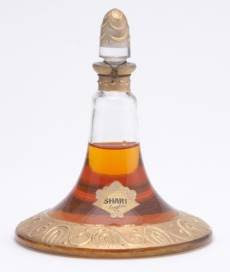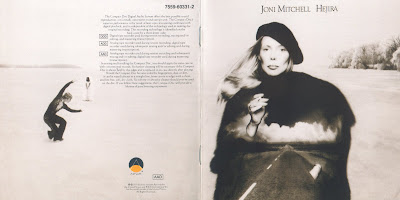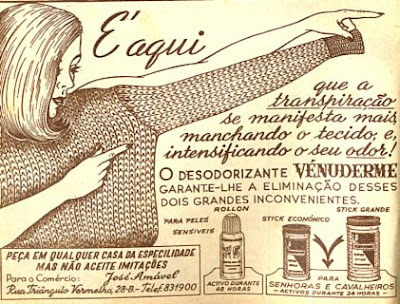
Check out the link: www.tipking.co.uk/tip/6029.html to read more about this home cure for cold sores... I wonder if perfume really can cure cold sores? And if so, would parfum work better or an Edt? Bergamot and linaloo are just a couple of potential healing ingredients contained in just about any perfume, as well as denatured alcohol and essential oils. In fact, perfumes are positvely packed with vitamins and phytochemicals and it turns out, they might just pack a powerful healing punch.
If it works, I'll bet the average perfume lover would rather dab on a little something from her vanity table than spend nearly 20 bucks on a little tube of cream that doesn't seem to do much. Think of the money a frequent sufferer could save- if you had 1 outbreak a month, 20 (one tube of cream) x 12 = $240 extra that you could spend on perfume instead!
Update: Well, I've checked this out a little bit online and it looks like this claim has pretty good science to back it up. Go to: www.anandapothecary.com/articles/antiviral-essential-oils.html to read up on the science behind it all.
There are positive aspects of perfume- such as it's potential to heal us, which is in contrast to all the negative press and droning on about how toxic the perfume raw materials are... Instead of being the next epidemic, it turns out that all those supposedly toxic ingredients in our perfumes can actually conquer at least two major types of viral illness.
Isn't it sad that stories like this don't get more press?
It just adds to my conviction that's going on in perfume today is such a shame. Of course I'm talking about the relentless outlawing and removal of all of those natural perfume materials from the "approved lists" of ingredients perfumers are allowed to use. Most (all?!) of the plant and flower extracts, essential oils, wood and spice infusions, basically the entire pallet that nature provides to us for creating perfumes, is being replaced by synthetics.
I know that the synthetics are great. They are clean and tested, safer because they represent a known quantity/quality. The result is more predictable and reliable. No question these new molecules are a major asset to modern perfumery. But eliminating the naturals is not the sensible response to an increaed availability of synthetics! Why not use both?
 Photo from divinafe.com. The real answer is depressing- big companies can charge big $$$ for any of these new 'novel' molecule they synthesize, but the naturals can't trademarked in the same way. So it all boils down to profit motive, the familar old story in too many cases.
Photo from divinafe.com. The real answer is depressing- big companies can charge big $$$ for any of these new 'novel' molecule they synthesize, but the naturals can't trademarked in the same way. So it all boils down to profit motive, the familar old story in too many cases.
The same exact trend has been observed in Western medicine and pharmocology for years. As soon as pharmacutical companies had the ability to analyze herbal compounds, and isolate and synthesize their active components, the traditional herbal remedies were at first declared inferior and many were subsequently outlawed.
The 'new' drugs were aggressively marketed at first to doctors but now to the public. The cycle of paying big money to develop and promote new drugs, lead to increasing medical costs and profits and now the whole thing has spiraled out of control.
Perfume seems to be heading the same way. Just as there are new generations of renegade doctors out there discovering the benefits of the old approach and using herbal cures to treat patients, I hope the new organic, naturalist perfumers of today hold fast to their practices. The scary, ridiculus part is how quickly people swallow the lies told by companies and policing agencies whose alliances stand to profit hugely from this shift.
For me, it's one more reason to love vintage fragrances; each one is like a tiny museum full of fragrant artifacts. But I am hopeful that with today's movement towards serious conservation of our natural resources, that most of the raw ingredients perfumers have relied on in the past will remain availble to us in the future and maybe someday, perfumers will be able to create freely from the full range of materials available under the sun.
The Vintage Perfume Vault, where yesterday's vogue lives!















